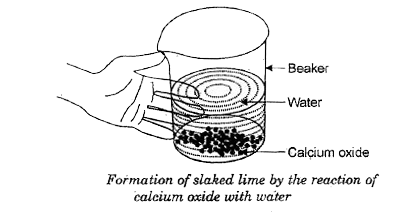Text Solution
Verified by Experts
|
Topper's Solved these Questions
CHEMICAL REACTIONS AND EQUATIONS
NAND LAL PUBLICATION|Exercise ACTIVITY 1.5|1 VideosView PlaylistCHEMICAL REACTIONS AND EQUATIONS
NAND LAL PUBLICATION|Exercise ACTIVITY 1.6|1 VideosView PlaylistCHEMICAL REACTIONS AND EQUATIONS
NAND LAL PUBLICATION|Exercise ACTIVITY 1.3|2 VideosView PlaylistCARBON AND ITS COMPOUNDS
NAND LAL PUBLICATION|Exercise ADDITIONAL QUESTIONS|3 VideosView PlaylistMETALS AND NON-METALS
NAND LAL PUBLICATION|Exercise ACTIVITY 3.8|3 VideosView Playlist
Similar Questions
Explore conceptually related problems
